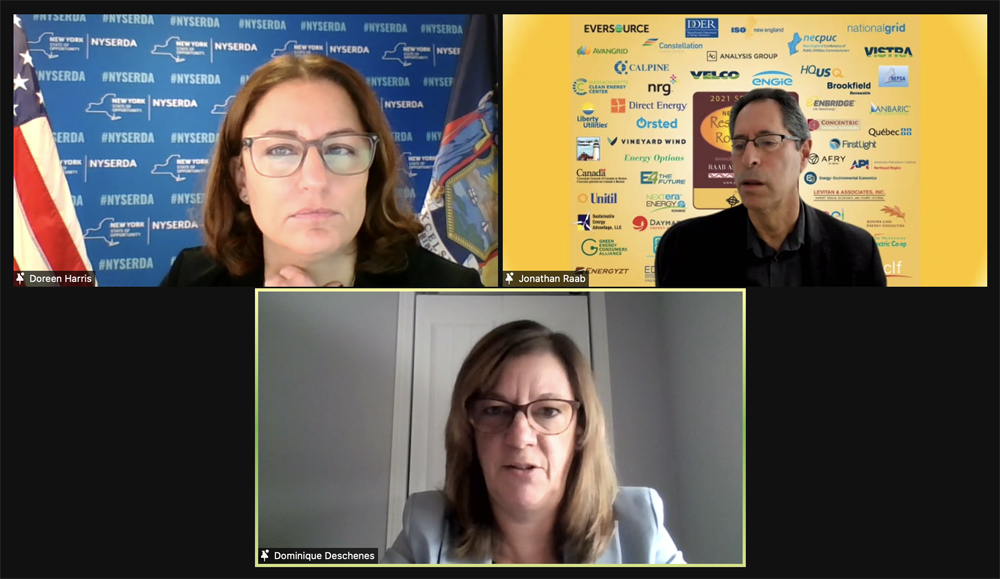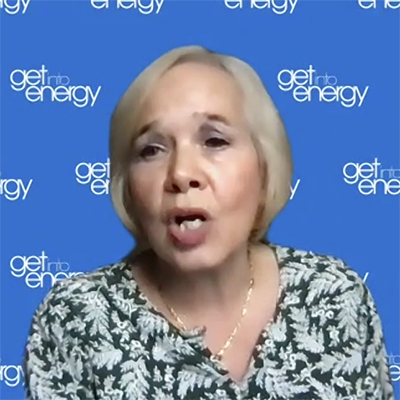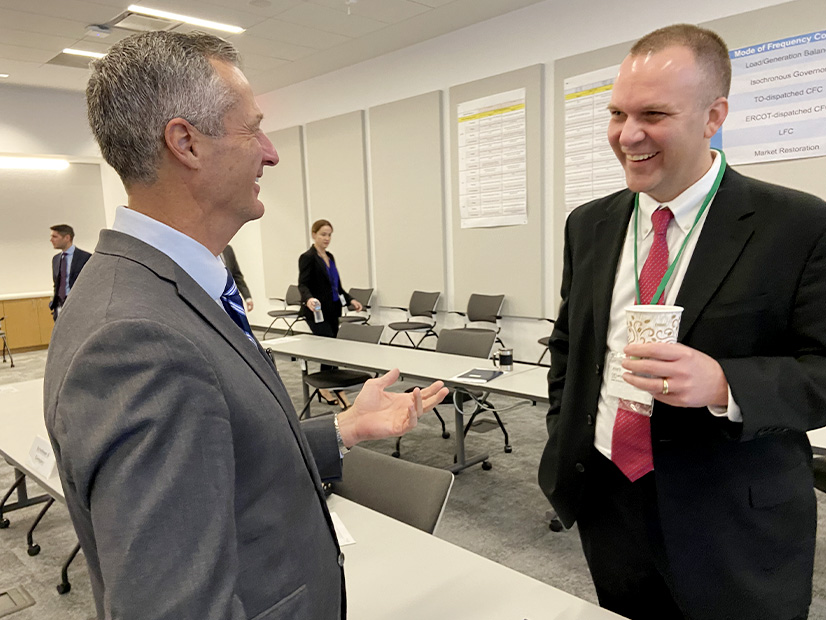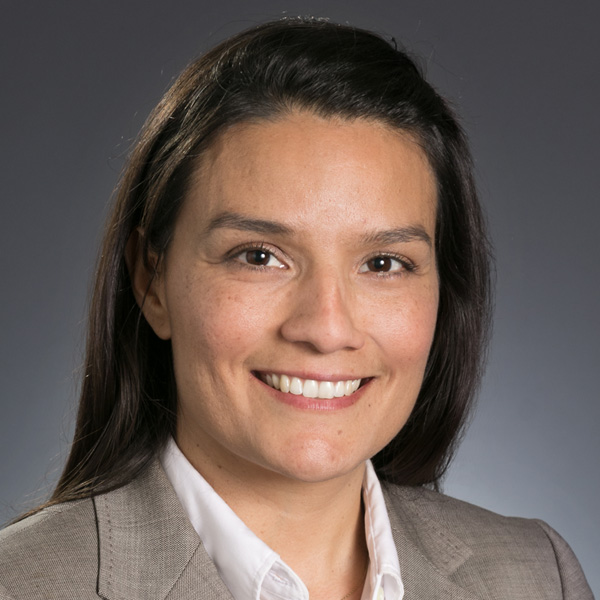Independent power producers warned Monday that policymakers are risking reliability by attempting to transition too quickly from gas and coal — and they said the consequences could be felt in New England this winter.
“We really shouldn’t just … pave the ground with solar panels and then deal with the consequences after you’ve shut down all of your gas projects, like we saw in California,” Gary Lambert, CEO of Competitive Power Ventures, said during a panel discussion at the New England Power Generators Association’s (NEPGA) New England Energy Summit in Boston. “We have to … have a market that compensates us appropriately to keep the reliability resources around.”
Sarah Wright, founder and managing partner of Hull Street Energy, a mid-market private equity firm, said it is “premature” to focus on retiring thermal generation. “You see it in California — the effects of this fictitious narrative that says, ‘All we need to do is install solar panels and batteries and we’ll be fine.’ That is a nice political story, but it’s not actually true,” she said.
Himanshu Saxena, CEO of Starwood Energy Group, noted that renewables only comprise about 20% of the 1,000 GW of installed capacity in the U.S., with coal and gas representing about 600 GW.
“In the best of times, this country installed 20 GW of renewables on an annual basis. So if the best of times continued, it will take 30 years to replace [thermal generation], and this is not even [considering the lower] capacity factor” of renewables, he said. “Everybody has to be realistic about how fast this change is going to happen.”
When Curt Morgan became CEO of Vistra (NYSE:VST) in 2016, he said the company’s generation was more than 70% coal. “And investors that we had were pretty comfortable with it,” he said.
After studying the subject, Morgan said, he and the board of directors concluded that climate change was real and they needed to change the company’s trajectory. It has pledged to reduce its carbon emissions by 60% from 2010 levels by 2030.
“Maybe that sounds simple to everybody in this room. But that was a huge thing for our board to accept and understand with over 70% coal [generation]. And so that put us on a path of not denying, but actually participating” in the transition away from fossil fuels.
“We’re the kind of company that policymakers should want, because we’re doing the responsible thing. We’re helping the three pillars: reliability, affordability … and [reducing] emissions,” Morgan said. “But it’s going to take us some time to do this transition. And we can’t sacrifice one of those three pillars to get there. And so I tell policymakers this all the time: ‘We’re not the guys that you ought to be throwing darts at. We’re the ones that you ought to be supporting, because we are going to be the ones that will help this transition.”
Cash Flow, Financing Challenges
Saxena said cash flows for gas and coal assets have become less predictable because of volatility in capacity prices, making it harder to raise debt or equity to fund the plants.
“You take something to market … if you have any green halo on it, you’re trading at 20 to 40 times EBITDA [earnings before interest, taxes, depreciation and amortization],” he said. “But the capital market community hates coal. So getting everything from insurance for that asset to getting refinancing done is really, really hard.”
Lambert said the influx of zero-cost resources could make it increasingly difficult to keep thermal plants operating. “So then you’ll see a bunch of shutdowns. And we’ll go back to RMRs [reliability-must-run contracts], and that’s the world that we don’t want to go back to, 2003-2005; everything was being run on cost-based RMRs.”
Morgan said his normal optimism is being tested. “I am always a positive person, but I am very concerned that in the next 10 years, it’s going to be a bumpy ride, because we’re relying more and more on government intervention to get our rents.
“PJM did a study that said that, with 50% penetration of renewables, they need a 70% reserve margin. Yet we’ve got people wanting to … literally drive assets out of the market. When I talk to regulators, reliability doesn’t even come out of their mouth. I have to raise it. It’s all about emissions.
“When you allow those things to come out of balance — reliability, affordability and emissions — you’re going to have California, which was driven by a lack of reliability, and Texas, which was driven by too much emphasis on affordability and a lack of focus on the fact that … intermittent resources” create new reliability challenges.
Morgan said the U.S. may need to adopt Australia’s solution of two markets: one for new renewables, and a residual market for dispatchable fossil fuel generators. “I’d hate to see us go there. But I don’t know how [else] we get there,” he said. “The markets are just not functional right now. … The ISOs have knuckled under to political pressure. And they’re not speaking what they believe. I think they’re saying what the politicians want to hear. And that’s dangerous, because … they’re the ones that are going to make sure whether this thing works or not. So we need them to speak up about their grids. And I’m concerned that they are not doing that.”
Increasing Gas Prices, Availability Concerns
In the short term, the speakers said, the increasing price of natural gas and its limited availability are a threat to New England’s energy security.
“So far, it has been a warm winter, and we may skirt through, but prices are certainly projected to be very high in the region,” Lambert said. New England would benefit from a new pipeline that could bring in cheaper gas from outside the region, “but that’s very, very difficult, if not impossible, to get done.”
The increasing globalization of natural gas prices through LNG also is a concern, Wright said. “Algonquin [Gas Transmission Pipeline] prices are high right now because we think it’s going to be cold in China,” she said. “That’s mind-blowing after decades of focusing on gas as a very local matter.”
Saxena said that although his company has firm gas transport agreements for many of its New England assets, “it’s not 100%. And [additional] firm transport is just not available. … There is no price at which you can buy firm gas in this market.”
ERCOT failed during the February winter storm “not because the generation wasn’t there; it failed because gas wasn’t there,” he said. “New England is going to have the same issue.”
Constraints in gas supply in the region will become more challenging as New England states push more renewable resources onto the grid, Morgan said.
“I think New England is the next region to be at risk [of a major blackout] with a lot of focus on offshore wind and a bitter hatred toward gas,” he said. “I know that we’ve got some challenged gas assets that really are going to be needed for reliability reasons, given the intermittency of all the offshore wind coming.”






